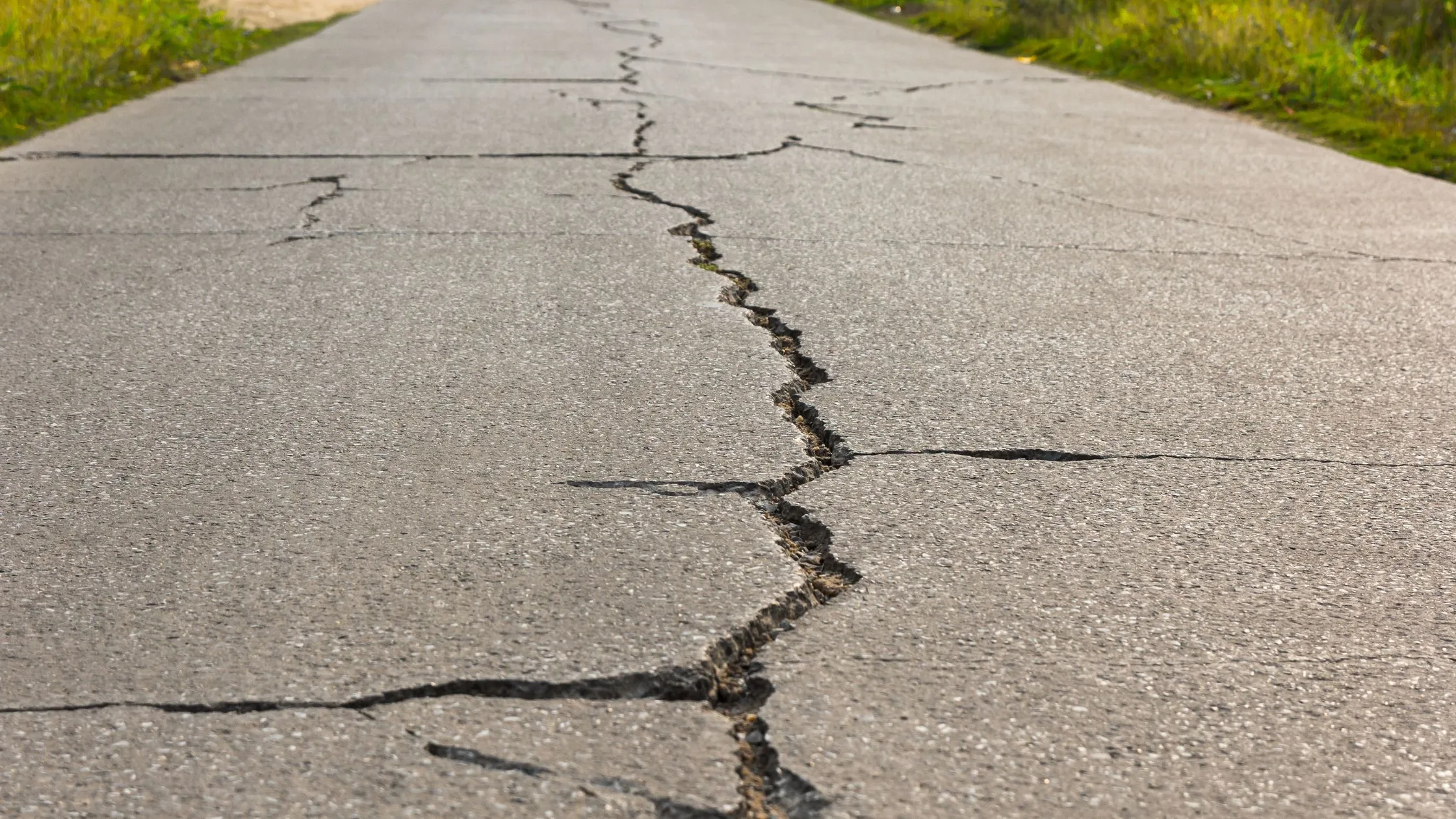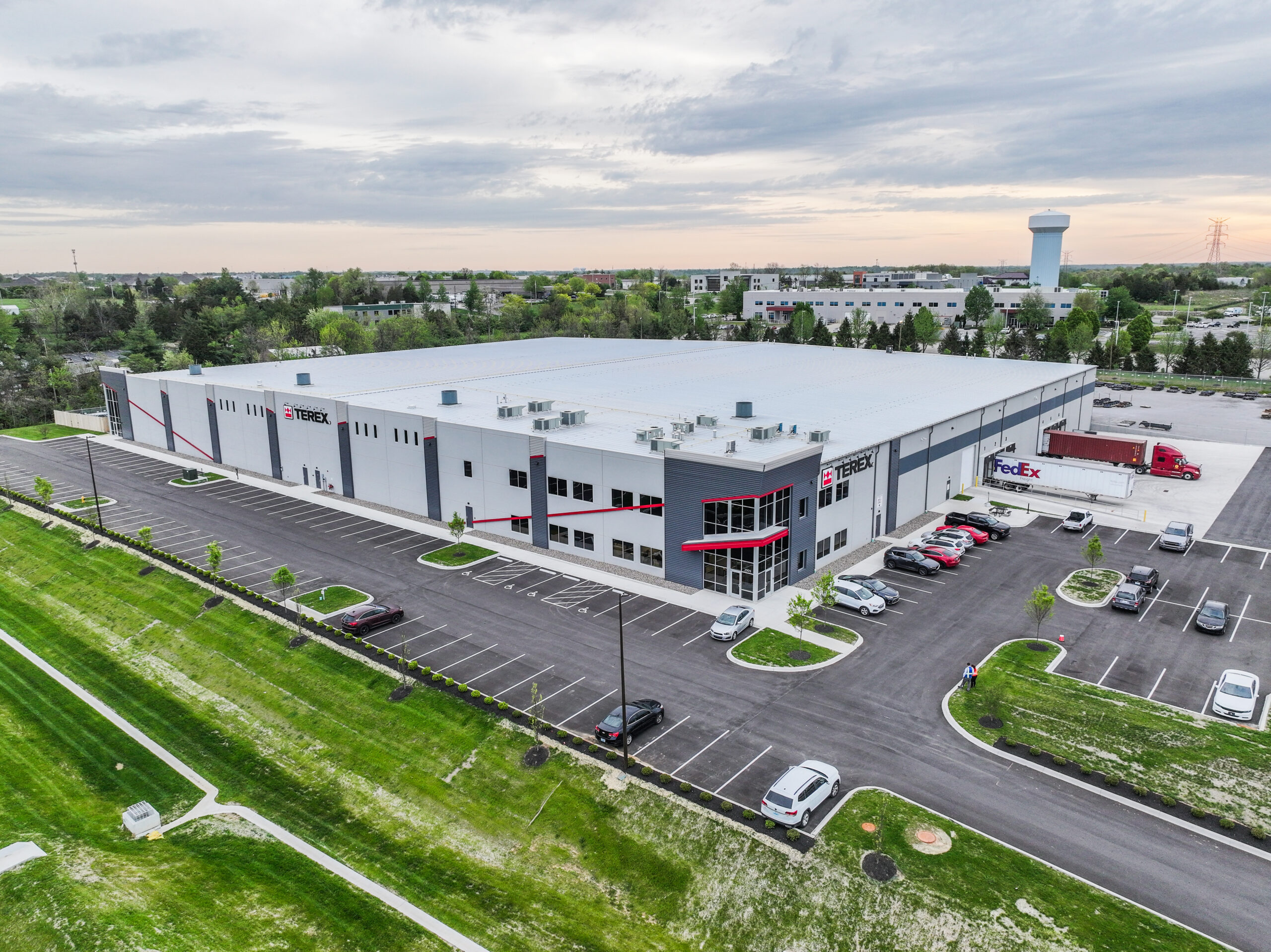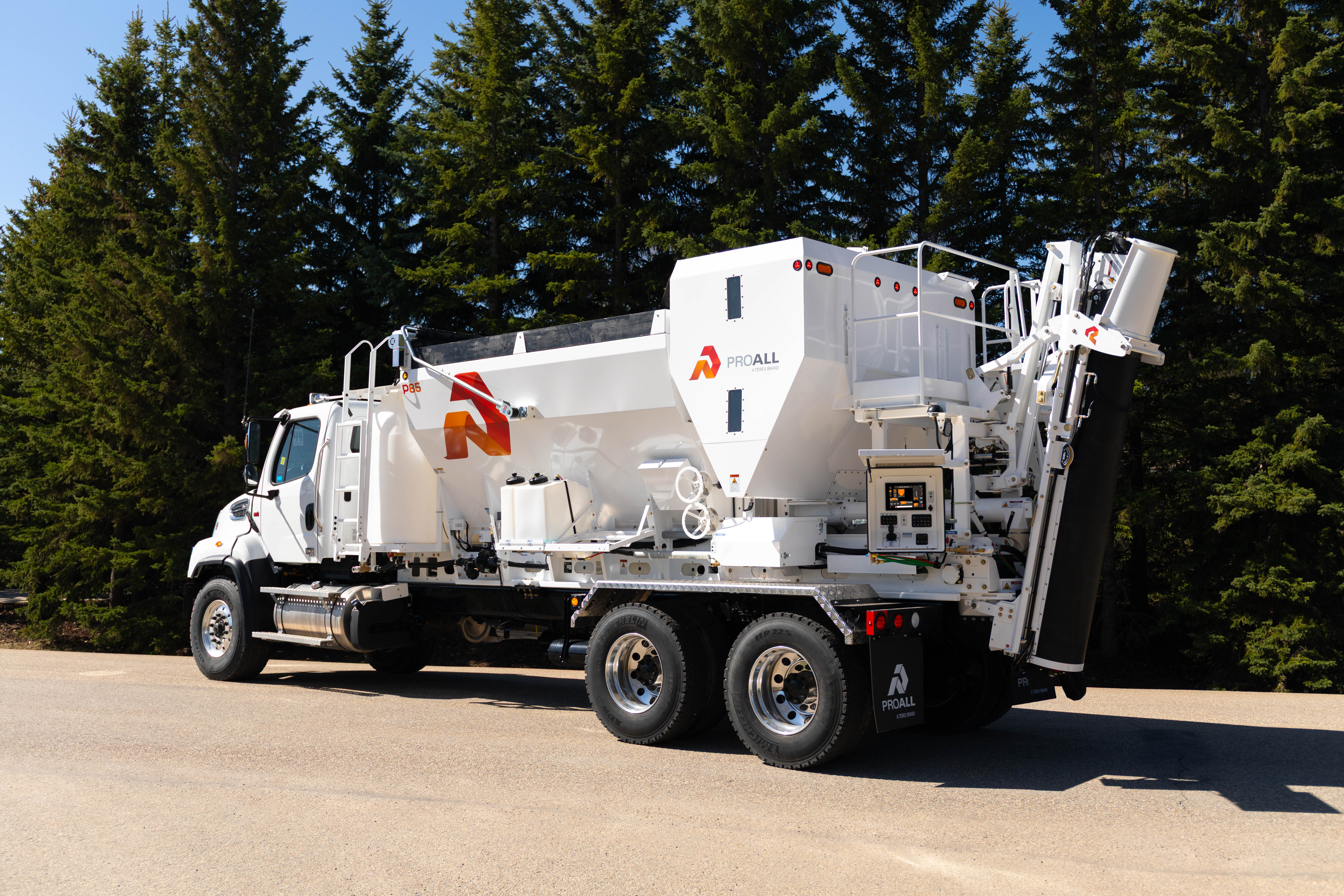
Cracks in Concrete: Causes, Prevention, and Repair
Concrete is renowned for its strength and durability, making it a staple material in construction projects worldwide. However, despite its robust nature, concrete is not immune to cracks. Cracks in concrete structures can be a source of concern for both homeowners and builders. Let’s delve into the common causes of concrete cracks, strategies to prevent them, and methods for their effective repair.
Part 1: Causes of Concrete Cracks
1.1. Shrinkage Cracks
One of the most common causes of concrete cracks is shrinkage. As concrete cures, it naturally contracts and shrinks. This shrinkage can result in surface cracks, often called shrinkage cracks. They are typically superficial and do not pose a structural threat.
1.2. Settlement and Foundation Issues
Uneven settlement of the soil beneath a concrete slab can lead to cracks. When one section of the concrete settles more than another, it causes stress, resulting in cracks. Foundation problems, such as poor soil compaction or inadequate support, can exacerbate this issue.
1.3. Temperature Fluctuations
Extreme temperature fluctuations can cause concrete to expand and contract, leading to cracks. This is particularly common in regions with a wide range of temperatures, where freeze-thaw cycles can take their toll on concrete surfaces.
1.4. Overloading and Heavy Loads
Excessive weight or heavy loads applied to concrete surfaces can exceed their load-bearing capacity, leading to cracks. This is a concern in driveways, parking lots, and industrial floors.
Part 2: Prevention
2.1. Proper Mix Design
Selecting the right concrete mix design for your specific project is crucial. Consult a professional to ensure the mix includes the appropriate additives and reinforcement to minimize cracking.
2.2. Control Joints
Control joints are intentional, pre-planned cuts in the concrete that provide relief points for shrinkage and movement. They help control where cracks occur and prevent them from spreading haphazardly.
2.3. Proper Curing
Proper curing involves keeping the concrete moist and at a consistent temperature for an extended period after placement. This helps prevent rapid drying and cracking during the curing process.
2.4. Soil Compaction and Foundation Preparation
Ensure the soil beneath the concrete is properly compacted and graded to minimize uneven settlement. Adequate foundation preparation is essential to prevent future cracks.
Part 3: Repairing Concrete Cracks
3.1. Surface Crack Repair
A simple concrete patching compound or filler can be used for minor surface cracks. Clean the crack, apply the filler, and smooth it out for a seamless finish.
3.2. Epoxy Injection
For more significant cracks that may affect structural integrity, epoxy injection is a durable and effective repair method. It involves injecting epoxy resin into the crack to seal and reinforce it.
3.3. Professional Repair
For complex or extensive cracks, it’s advisable to seek professional assistance. A qualified contractor can assess the damage, determine the underlying causes, and implement a suitable repair strategy.
Cracks in concrete can be a common issue, but they are not insurmountable. By understanding the causes of cracks, implementing preventative measures during construction, and using appropriate repair techniques, you can ensure your concrete surfaces’ longevity and structural integrity. Whether you’re a homeowner or a builder, taking the right steps can help you enjoy the benefits of concrete without the headache of unsightly cracks.


